WILSON® ANNOUNCES PLAN TO SELL FIRST-EVER, 3D-PRINTED BASKETBALL
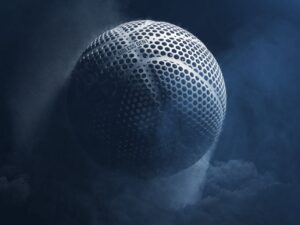
CHICAGO (Feb. 7, 2024) — Wilson Sporting Goods Co. today announces the release of the Wilson Airless Gen1TM – the innovative, first-of-its-kind 3D-printed basketball that never needs to be inflated. Building off the success of the Airless Prototype debut last year, the limited-edition Wilson Airless Gen1 basketball will be available for purchase on Feb. 16.
“We were overwhelmed by the excitement from our Airless Prototype, and we knew it was time to bring t
his rare, first-of-its kind innovation to the world,” said Kevin Murphy, General Manager, Team Sports at Wilson. “Wilson has gone where no brand has gone before with the release of the Airless Gen1 basketball, further inspiring the next generation of sports innovation.”
The Wilson Airless Gen1 has similar functionality to the prototype, however over the last year, the Wilson Labs team has taken the steps to increase performance and streamline the manufacturing process. The basketball nearly fits the performance specifications of a regulation basketball, including its weight, size and rebound (bounce). While the Wilson Airless Gen1 is crafted for play, it is truly a coveted, technology-infused product meant to create and inspire a new community of innovation enthusiasts and basketball hype curators alike.
The main updates to the Wilson Airless Gen1 include:
- Improved functionality: Upgraded lattice design for more consistent performance and bounce. T
- he ball still includes the same see-through lattice with eight panel-like “lobes.”
- Streamlined manufacturing: Holes integrated within the channels to help speed up the manufacturing process, making it faster to create each ball. The basketball remains airless and does not to be inflated.
- Enhanced customization: Each ball will have a built-in label for customization and will feature the exact, limited number in which it was produced.
- Color variety: In addition to the recognizable jet-black colorway of the prototype, the Airless Gen1 will also be available in brown and natural white.
The Wilson Labs team leveraged the same game-changing process to create the Wilson Gen1 Airless basketball with key partners: General Lattice provided computational design services for elevated customization, DyeMansion provided color and finishing solutions, EOS provided technical oversight and a roadmap for mass production, while SNL Creative was the primary manufacturing hub for this first launch.
Limited units of the Wilson Airless Gen1 will be available exclusively on Wilson.com beginning Friday, Feb. 16 for $2,500. Fans can also experience the product at Wilson’s on-site activation at NBA Crossover in Indianapolis from Feb. 16 – 18. To learn more, please visit Wilson.com and follow along @wilson and @wilsonbasketball.
About: Chicago, USA-based Wilson Sporting Goods Co., part of Amer Sports Corporation, is the world’s leading manufacturer of high-performance sports equipment, apparel, footwear and accessories. The Company brings more than a century of innovation, history and heritage across many sports including Racquet Sports, Baseball, Softball, American Football, Basketball, Volleyball, Soccer and Golf.
In Basketball, Wilson is the supplier of Official Game Basketballs for the National Basketball Association® (NBA), the Women’s National Basketball Association® (WNBA), National Collegiate Athletic Association® (NCAA) for March Madness and the Final Four, Basketball Champions League (BCL), Basketball Africa League (BAL) and FIBA 3×3.
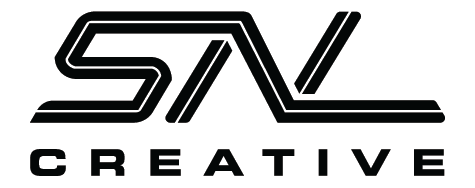
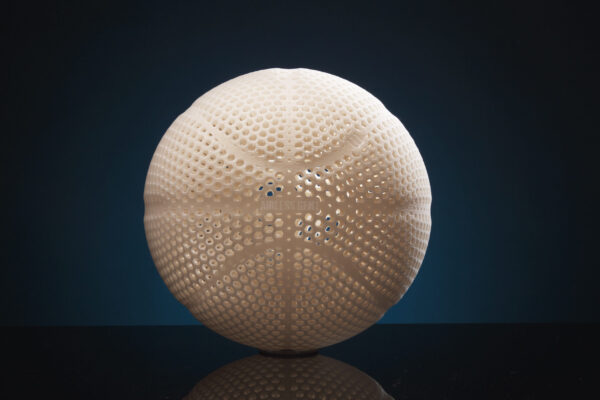
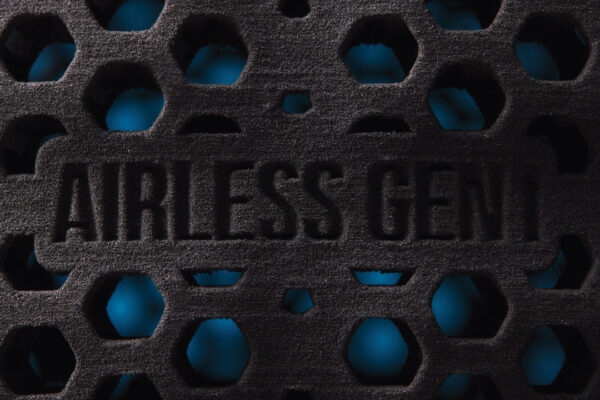
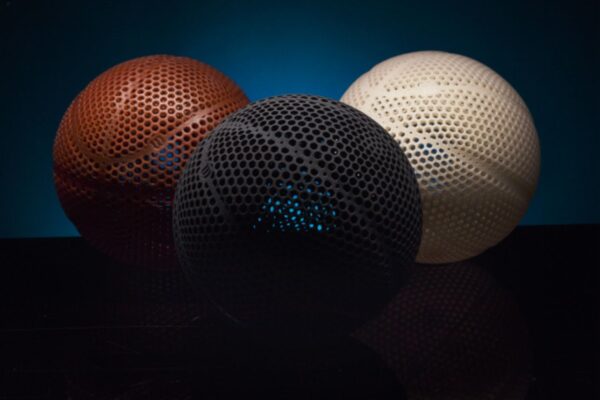
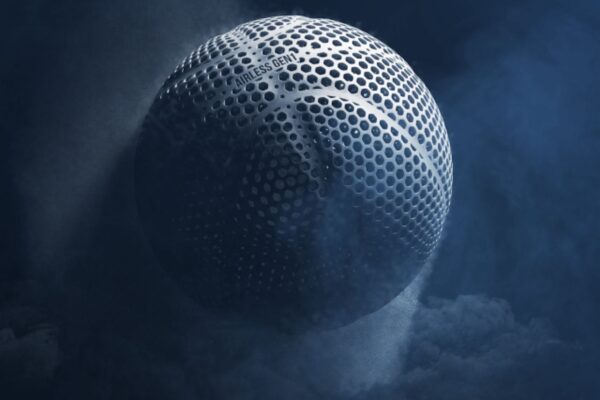

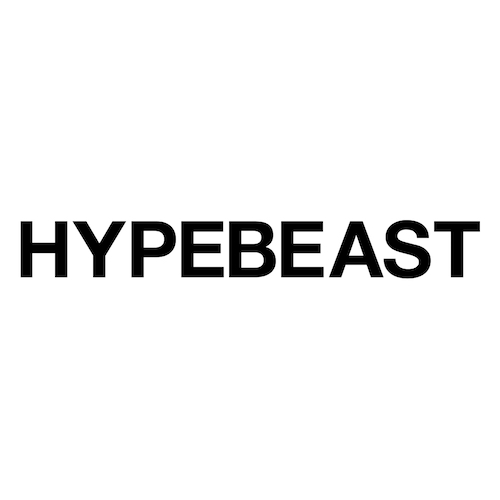




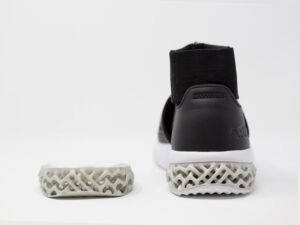

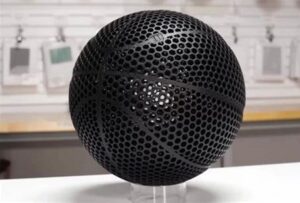
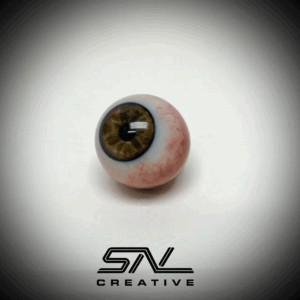
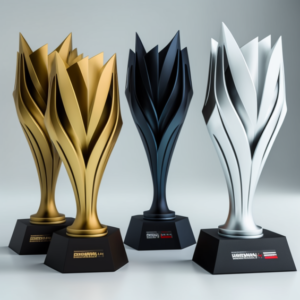
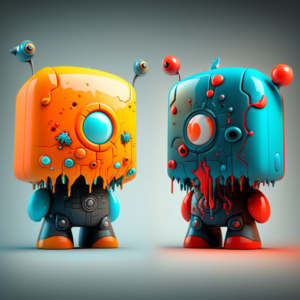
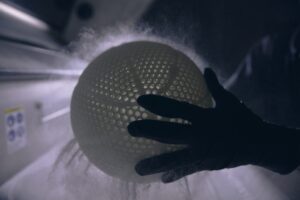
 Line Friends is a global character brand that creates and distributes various products featuring popular characters including BTS. For their new pop-up store in Los Angeles, Line Friends wanted to create a unique and interactive experience for BTS fans, and they enlisted our services to help bring their vision to life.
Line Friends is a global character brand that creates and distributes various products featuring popular characters including BTS. For their new pop-up store in Los Angeles, Line Friends wanted to create a unique and interactive experience for BTS fans, and they enlisted our services to help bring their vision to life.